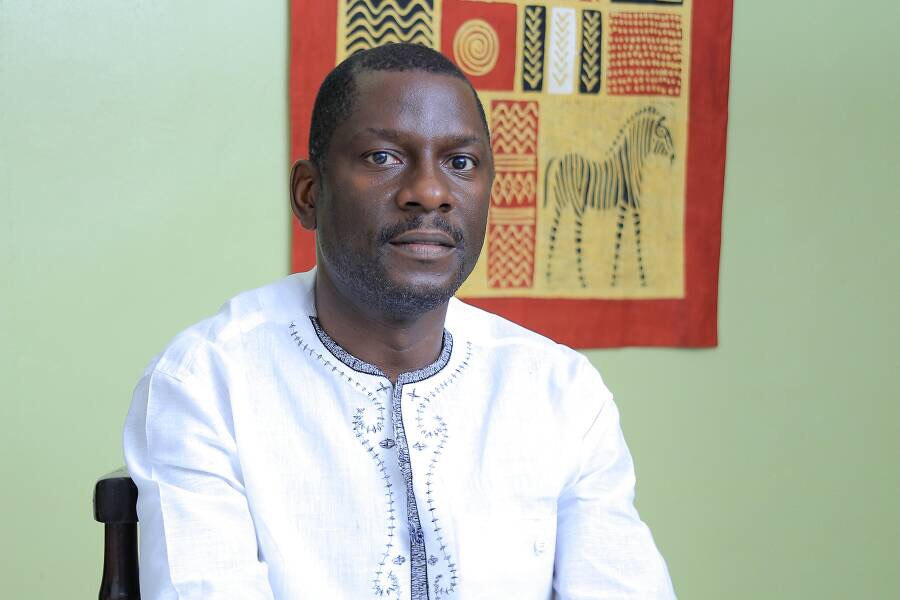When the Uganda Certificate of Education (UCE) results were released, confusion arose among parents unfamiliar with the new grading system. Traditionally, the grading scale ranged from D1 to F9, with classifications from Grade One to Grade Four and Grade U for failures. However, under the revised lower secondary curriculum, UCE grading now follows a scale from A to E, causing widespread misunderstanding among parents and students.
Challenges Faced by Parents and Students
Many parents mistakenly interpreted their children’s results due to their familiarity with the old system. A common misconception was equating “Result 1” with first grade, leading to inaccurate conclusions about performance. Beyond grading, the curriculum shift has introduced new challenges in career guidance, school performance assessments, and decision-making processes. The Ministry of Education and Sports (MoES) has also introduced digital privacy policies, limiting access to school-specific performance data, further complicating comparative analysis for parents and learners.
Adjusting to the New Curriculum Framework
The Uganda National Examinations Board (UNEB) noted that some students struggled with the new assessment format, particularly in science practicals. Many candidates found it difficult to interpret scenarios, apply theoretical knowledge to real-life contexts, and analyze experimental results. This highlights the need for targeted interventions to develop students’ analytical and problem-solving skills in line with the competence-based approach.
What Can Be Done to Bridge the Knowledge Gap?
1. Government-Led Awareness Campaigns
The MoES should spearhead public sensitization efforts to educate parents, students, and teachers about the curriculum changes. Organizing training sessions and disseminating informational materials through schools and media channels can help enhance understanding.
2. Role of Schools and Headteachers
Headteachers can integrate curriculum training sessions into school programs, such as Annual General Meetings (AGMs), to educate parents on their role in supporting their children’s academic progress. Schools should also ensure that teachers are well-versed in the new competence-based learning model.
3. Teacher Training and Peer Learning Initiatives
While teachers are expected to guide students, some may not fully grasp the new curriculum’s requirements. Schools should take proactive steps to facilitate professional development programs. If financial constraints exist, neighboring schools can collaborate to offer joint training workshops, making them more cost-effective and impactful.
4. Peer-to-Peer Teacher Mentorship
Schools with trained teachers should implement internal peer mentorship programs, enabling experienced educators to share best practices with their colleagues. This approach would help maintain teaching standards and improve instructional quality, ensuring students receive competent guidance.
A Collective Effort for a Successful Transition
The transition to the new lower secondary curriculum demands coordinated efforts from all stakeholders—government agencies, schools, teachers, parents, and students. By fostering awareness, collaboration, and strategic interventions, Uganda can maximize the effectiveness of this educational reform, equipping learners with practical skills for the future.
About the Author
The writer is the Executive Director of Hope Regeneration Africa, a parenting coach, marriage counselor, and founder of the Men of Purpose Mentorship Program.
For inquiries, contact: tumudickson@gmail.com

















